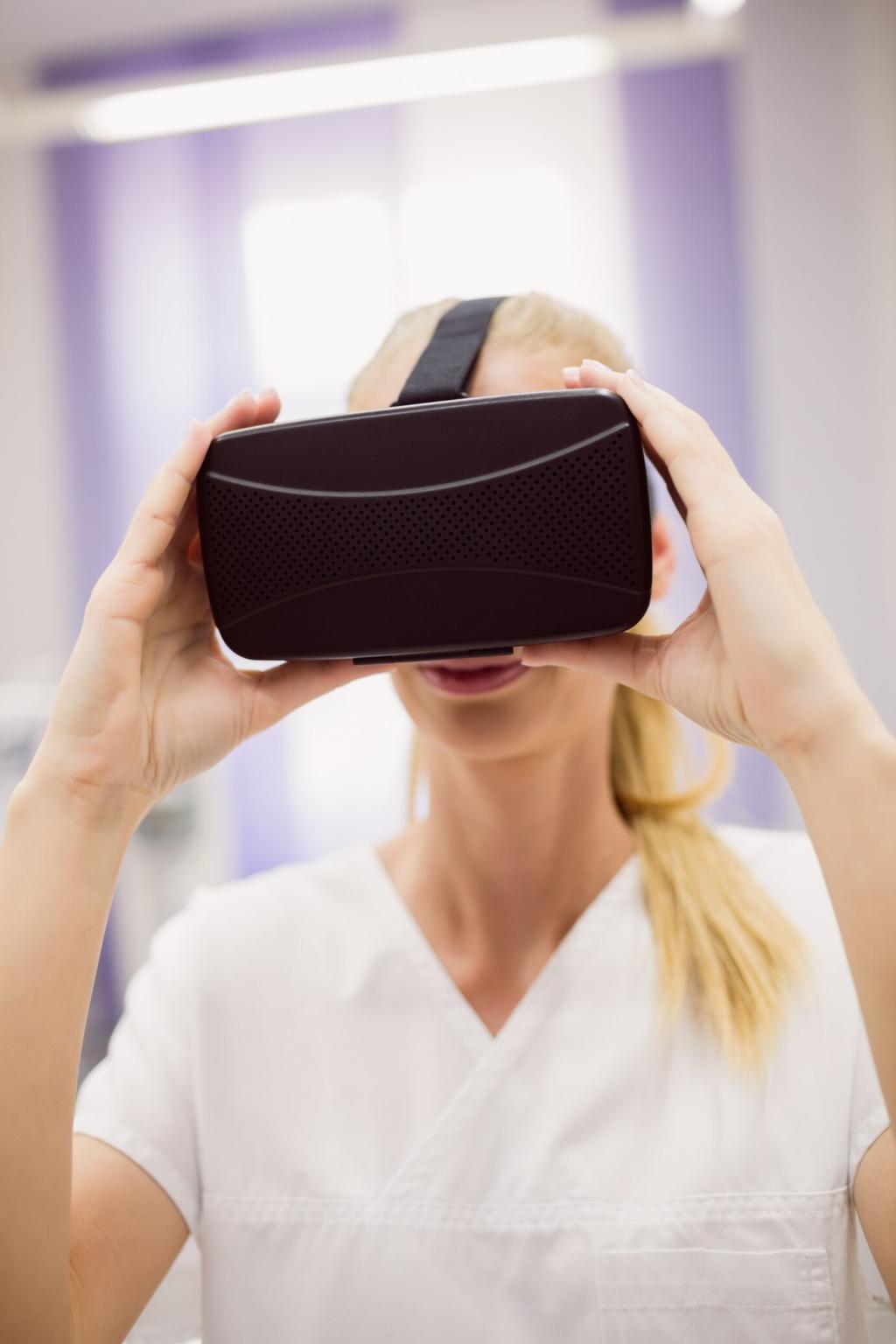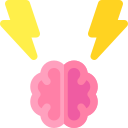Emerging Technologies in Mental Health Treatment — Today’s Chosen Theme
Chosen theme: Emerging Technologies in Mental Health Treatment. Explore how AI, XR, wearables, and connected care are transforming support, therapy, and recovery. Read, reflect, and join the conversation—your perspective can guide what we cover next.
AI Companions and Clinical Support
From First Check-In to Triage
Modern conversational agents can gently ask how you’re doing, screen for risk, and route urgent situations to human hotlines. They don’t replace clinicians, yet they widen the doorway to help and reduce the friction of that first vulnerable step.
Personalized Micro-Exercises Powered by Data
Guided journaling, CBT reframing prompts, and breathing cues adapt as mood patterns emerge. Systems learn which techniques help you, then nudge at the right moment. Tell us which micro-exercises genuinely helped—or felt off—so we can compare real-world experiences.
A Midnight Conversation That Changed a Morning
One reader described messaging a bot at 2 a.m., practicing paced breathing, and receiving a morning reminder to summarize feelings for therapy. The tool encouraged sharing—not hiding—data, turning a lonely night into a more honest session later.
Virtual and Augmented Reality Therapy
Graded Exposure in Safe Worlds
For phobias and trauma-related triggers, virtual scenes can be scaled step by step, with a clinician at your side. The brain learns safety without real-life danger, while physiological data tracks progress. Sessions pause instantly when discomfort rises too quickly.
Embodied Mindfulness and Presence
Immersive nature soundscapes, subtle visual cues, and biofeedback-driven environments reinforce deep breathing and body awareness. When your heart rate slows, the scene brightens. When tension climbs, guidance appears. Presence makes skills memorable, turning practice into a lived experience rather than abstract instruction.
Affordability and Access at Home
Standalone headsets and simple AR phone apps are lowering barriers. While professional supervision matters, at-home modules extend practice between visits. If you’ve used home XR tools, share which designs felt supportive, and where motion sickness or complexity got in the way.
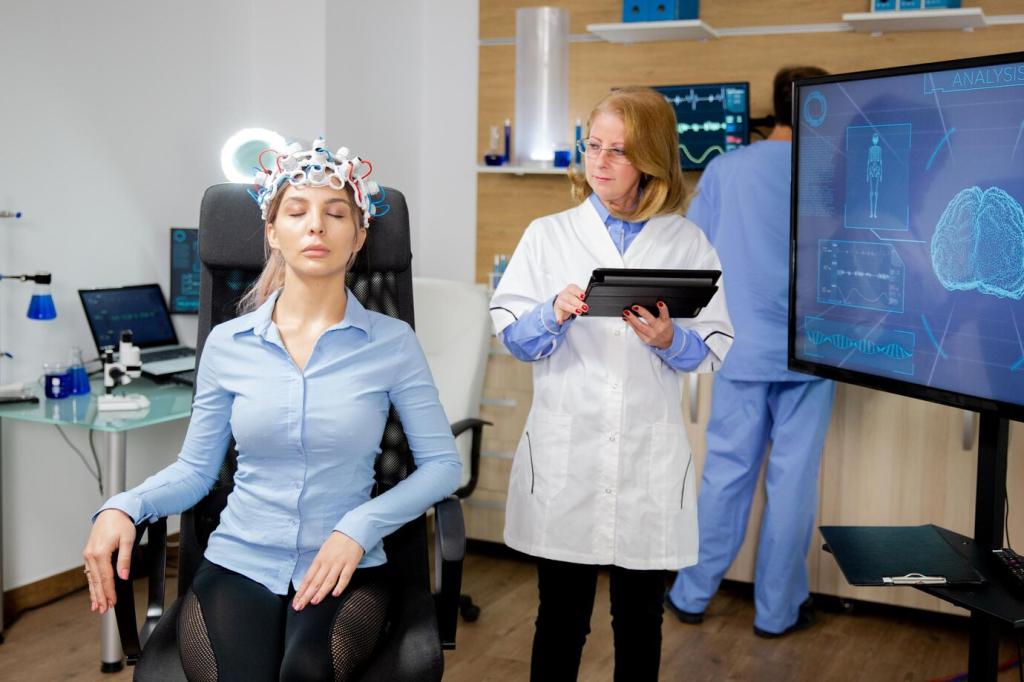

Wearables, Biofeedback, and Just-in-Time Support
Heart rate variability, skin conductance, and sleep patterns often shift before mood does. When signals spike, your device can suggest a walk, hydration, or a grounding exercise. Early nudges prevent spirals by catching the nervous system’s whispers, not just its shouts.
Wearables, Biofeedback, and Just-in-Time Support
Just-in-time interventions adapt as they learn what calms you—box breathing, stretching, a song, or a two-minute journaling prompt. Over time, they time reminders more respectfully. Share which nudges felt supportive versus intrusive; your habits can inform smarter defaults for everyone.
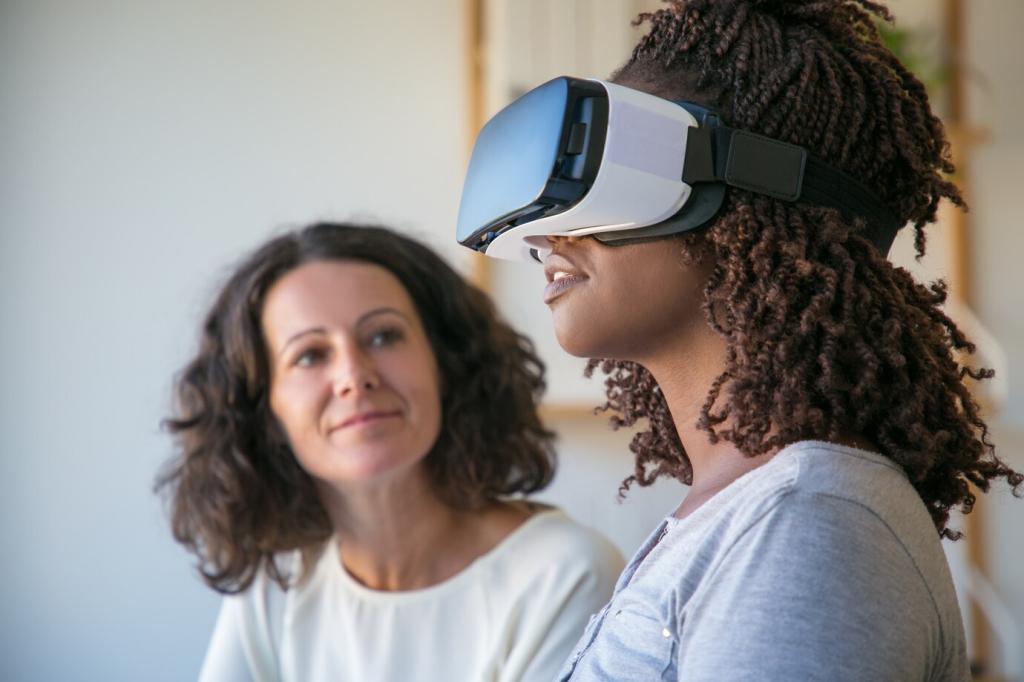
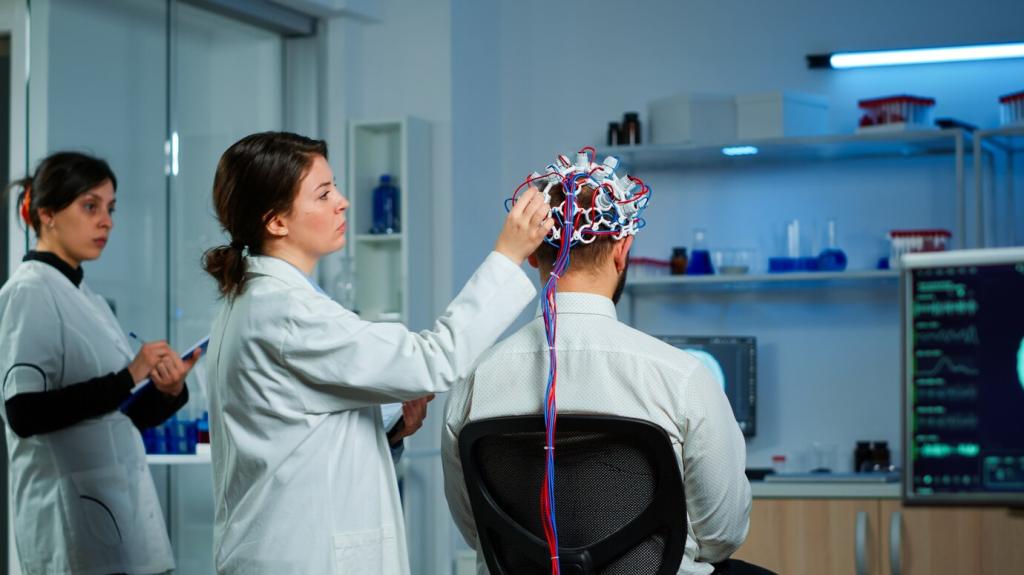
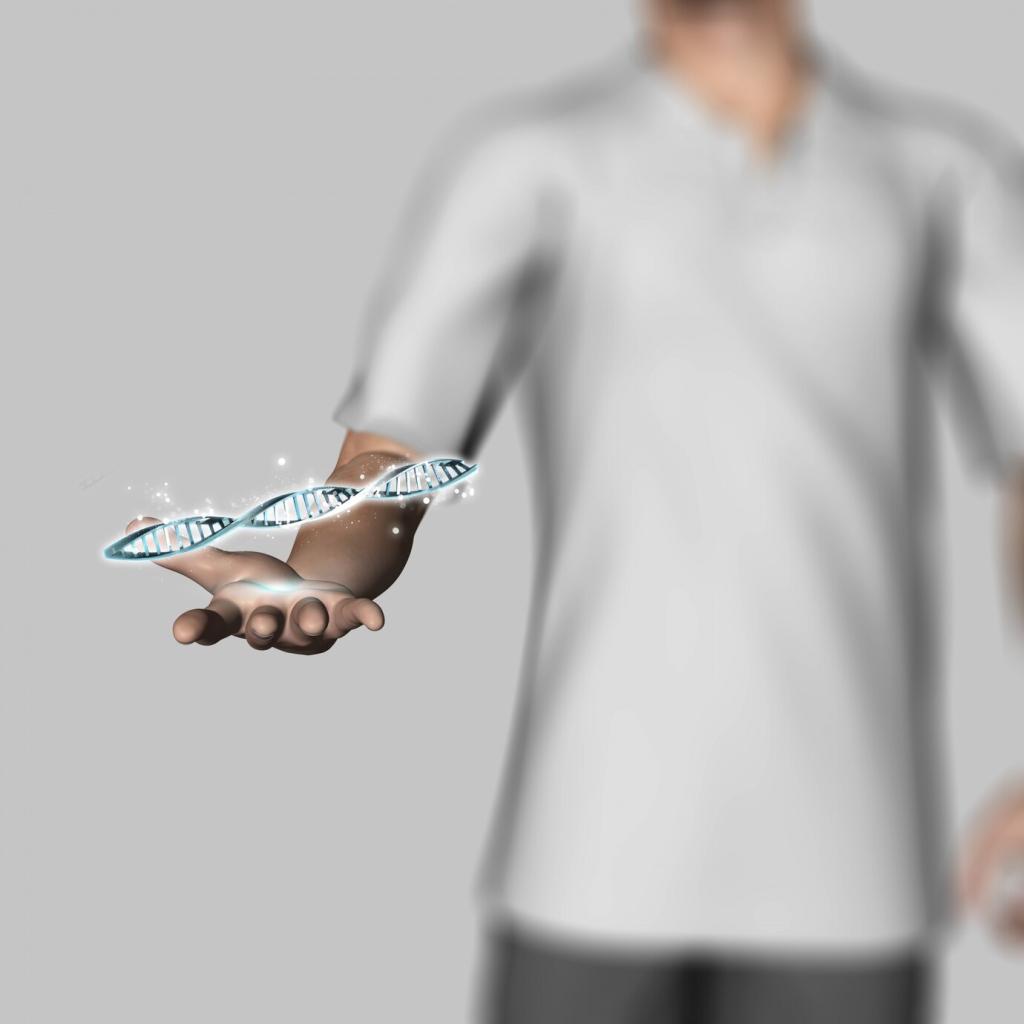
Neurostimulation and Novel Brain Interfaces
Targeting informed by brain networks and symptom clusters aims to speed response and reduce side effects. Theta-burst patterns shorten sessions without losing effect for many. As protocols individualize, pairing with psychotherapy may consolidate gains, turning temporary relief into durable change.
Neurostimulation and Novel Brain Interfaces
Low-current stimulation is being studied for depression, craving, and attention challenges. Safety demands clinician oversight, device quality, and adherence to protocols. If you’ve encountered DIY content, approach critically, ask for evidence, and prioritize combined care, not gadgets in isolation.
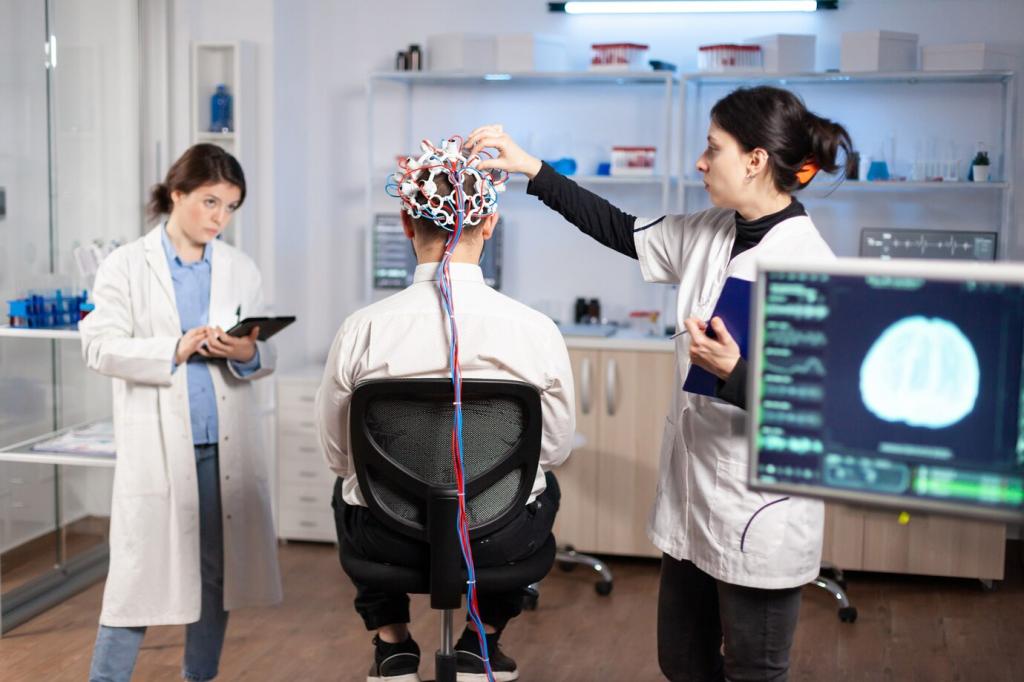
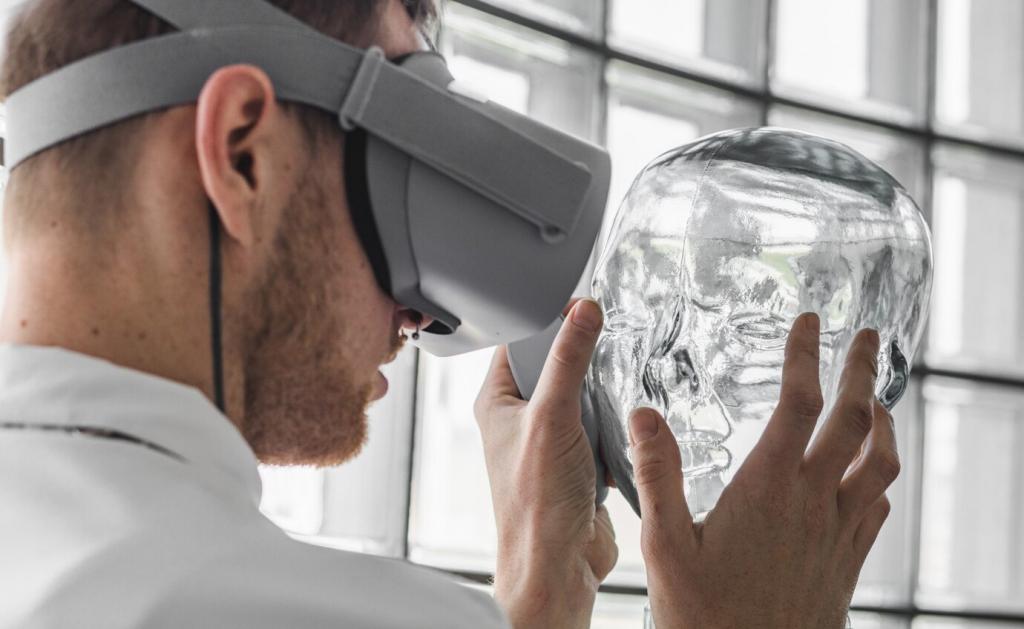

Structured check-ins, quick scales, and notes you share with permission keep momentum. Clinicians see trends rather than isolated moments, guiding timely adjustments. It’s therapy as an ongoing conversation, helped by respectful technology that never overshadows the human relationship at the core.
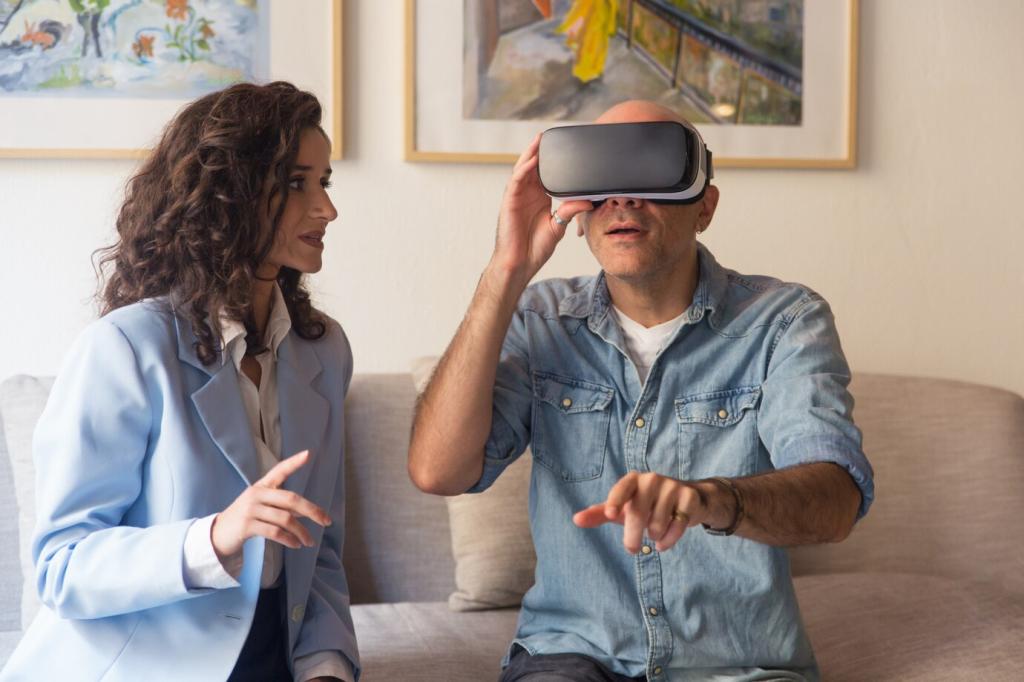
Messaging, voice notes, and short exercises fit around caregiving, school, and shift work. Not every moment requires a live appointment. People report feeling cared for when responses are predictable and personal, even if brief, reducing the pressure to perform on camera.
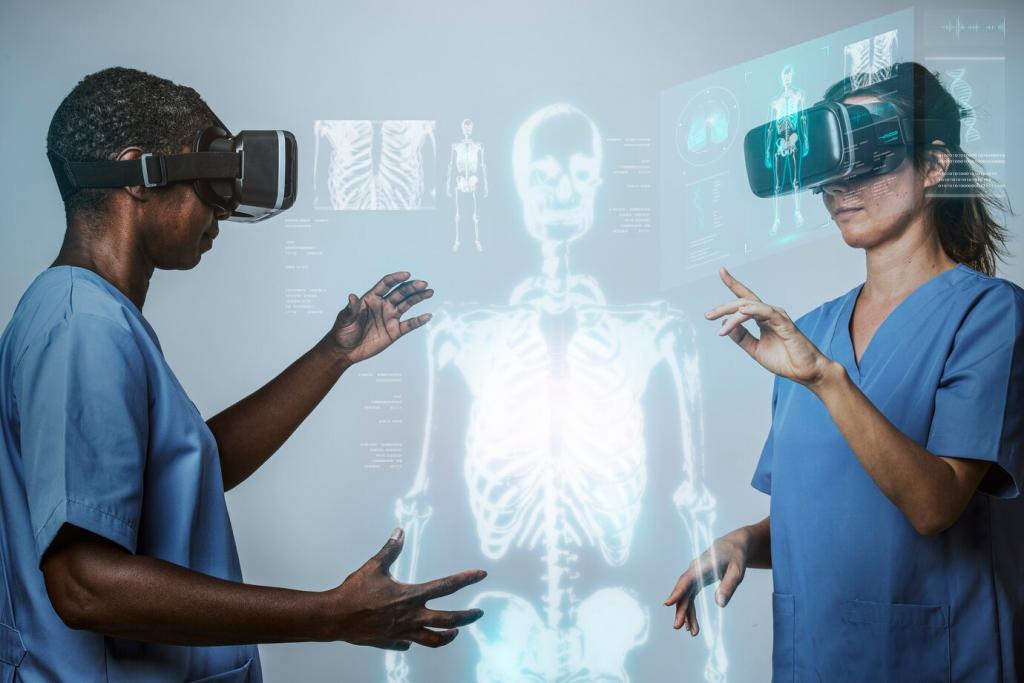
Telehealth cuts travel, expands specialist access, and reduces no-shows. When paired with local peer support and primary care, it strengthens continuity. If connectivity is a barrier where you live, share what would help—offline modes, community hubs, or flexible scheduling windows.
Security, Equity, and Trust by Design
Stronger apps encrypt end to end, minimize what they store, and support deletion without guilt. Some explore on-device learning or federated training, so insights improve without exposing raw life logs. Ask makers how they design for least data, not most.
